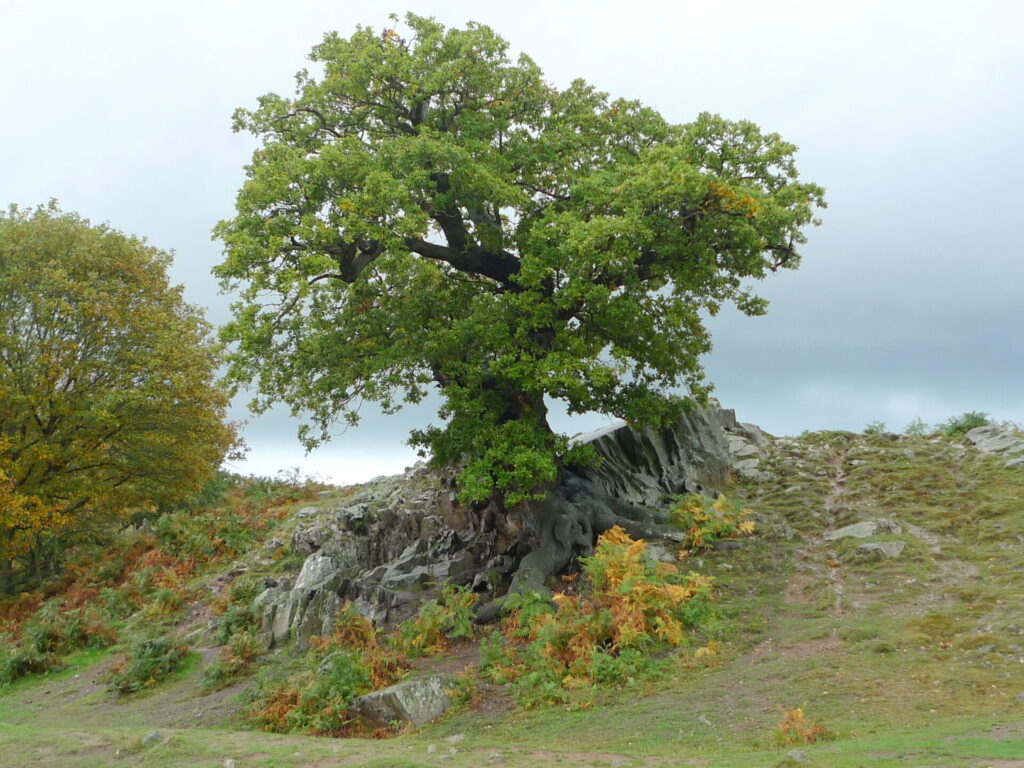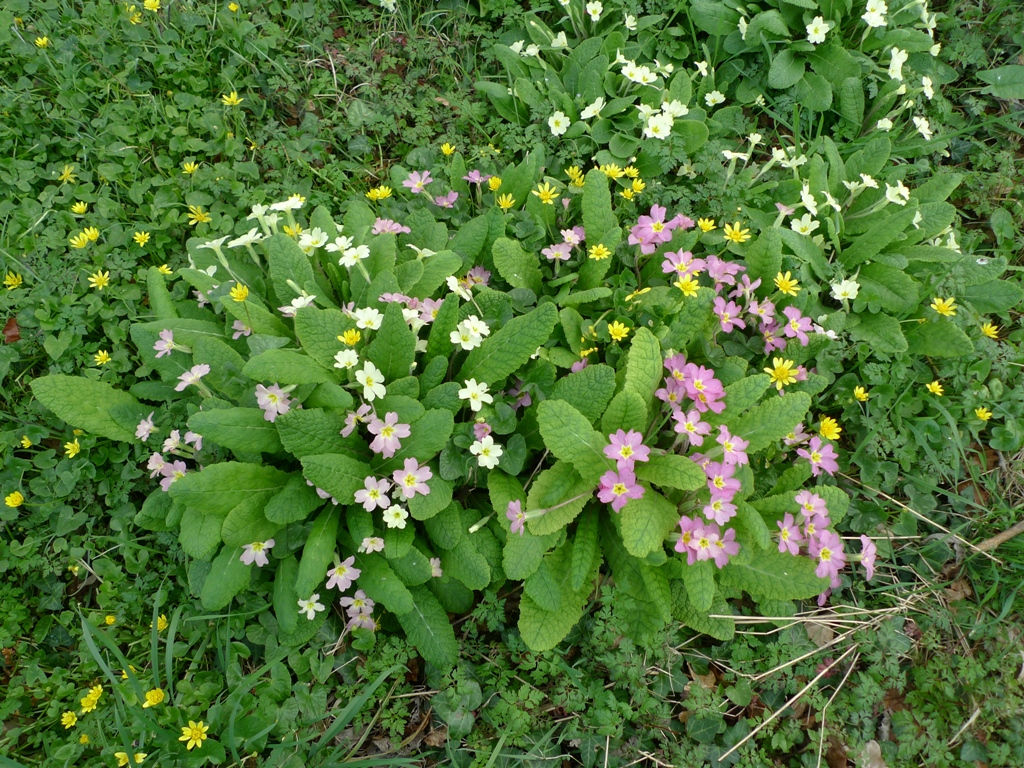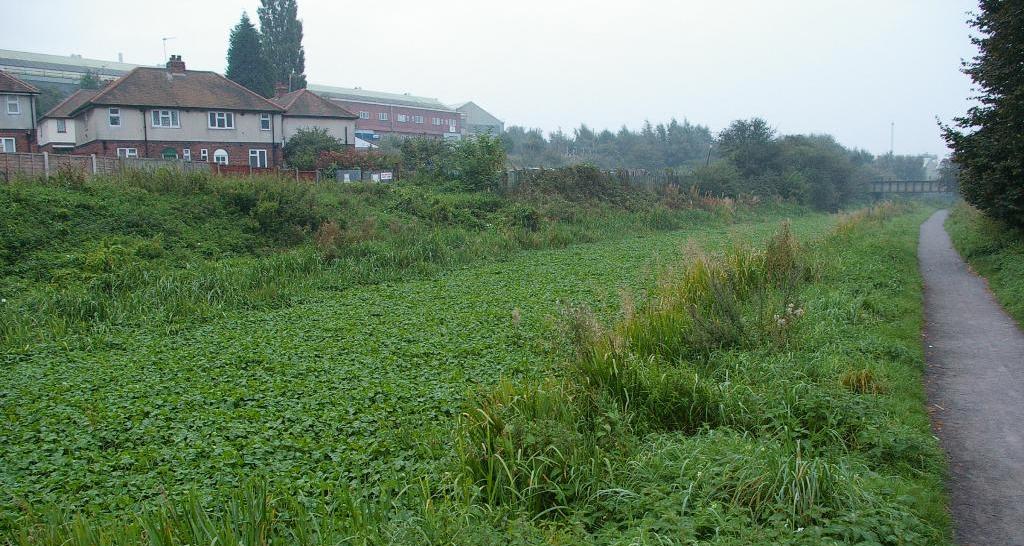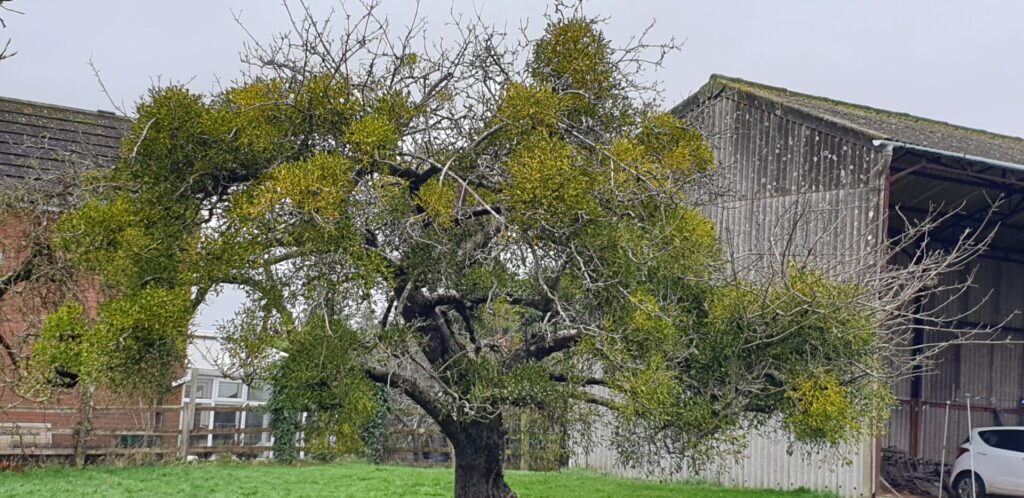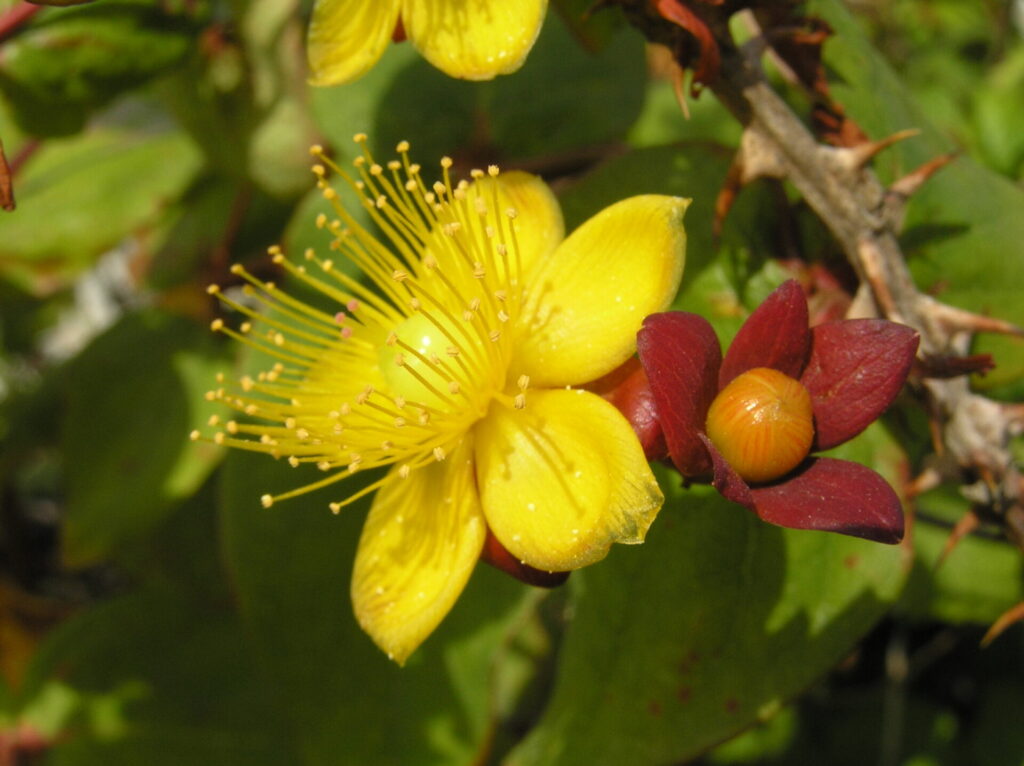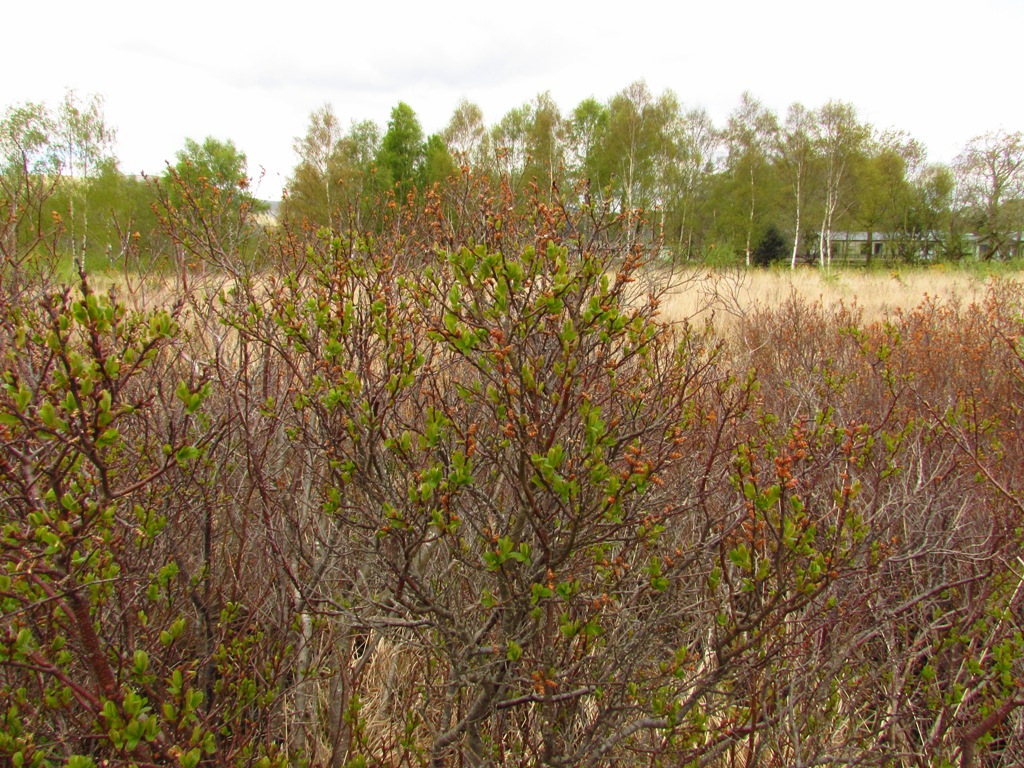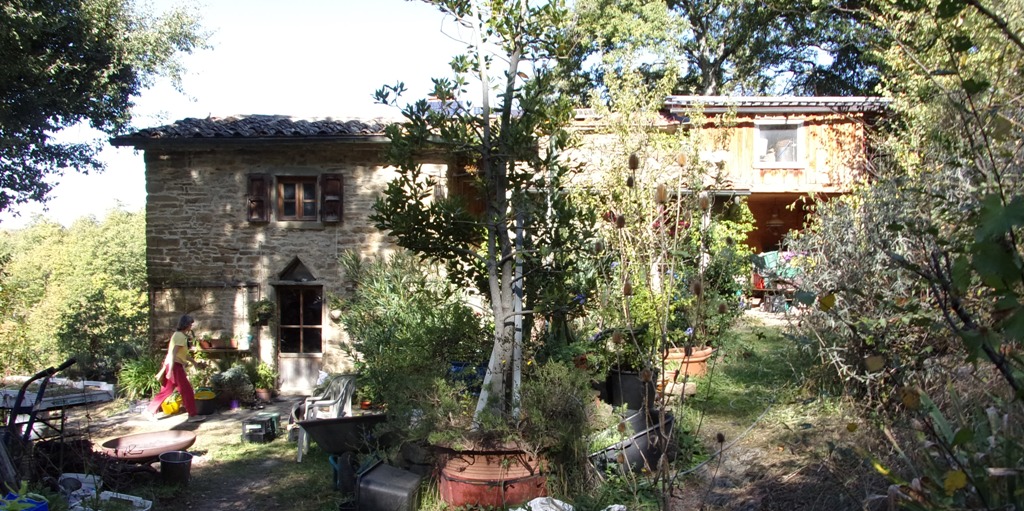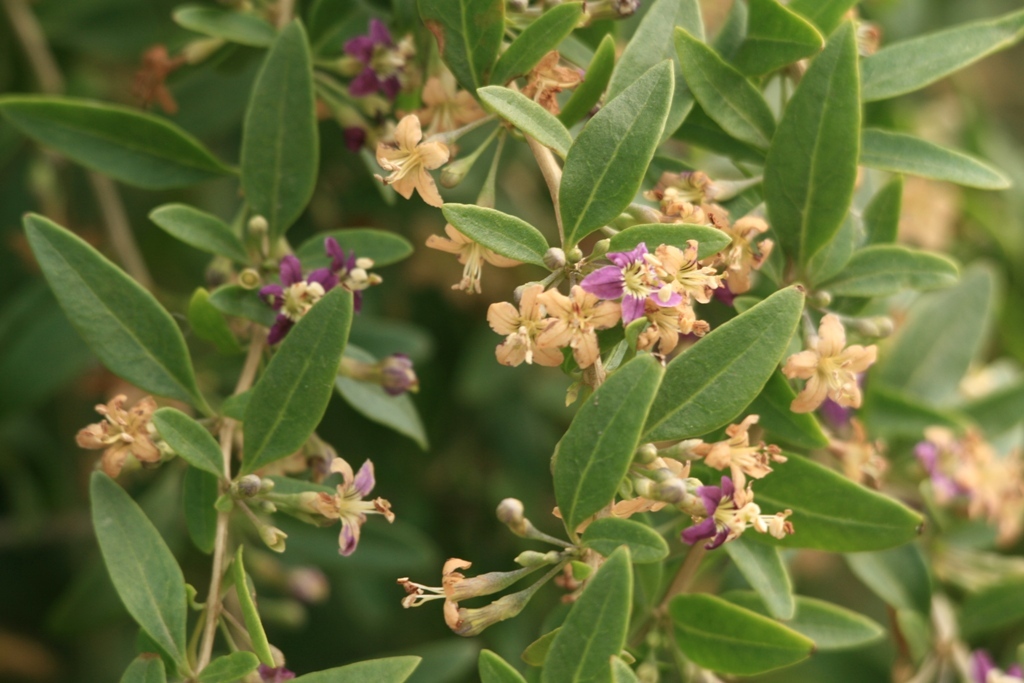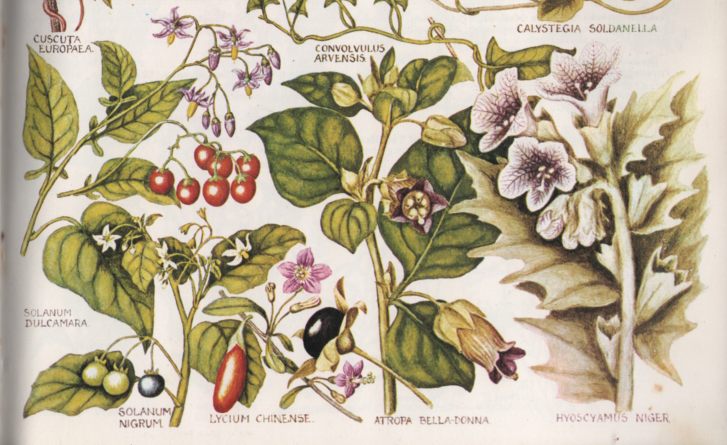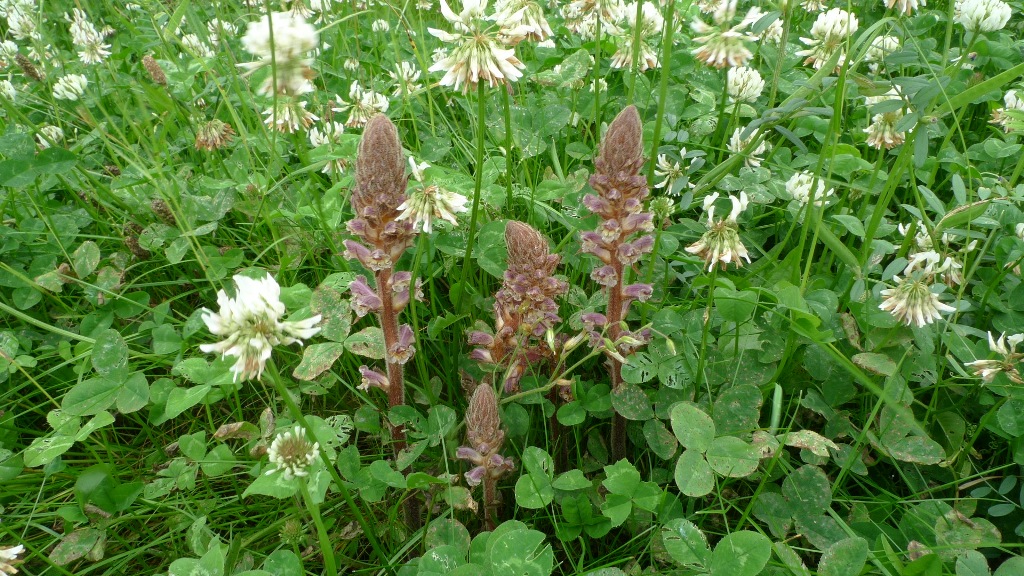Recently I was asked whether I could do a post specifically about the medicinal uses of our native plants!
Unfortunately, the use of herbs for medicine, on the British Isles, as well as in Western Europe civilisation is very limited! We all seem to be depending on the pharmaceutical industry, which is very sad as surely many cultures and people in the world still depend on their native plants for everything, especially food and medicine!
There are very few Herbalists nowadays even in my area of the Midlands and people rely on the NHS far too much. Eating healthy and plenty of exercise do help but we can’t avoid stress and polution.
According to Wikipedia: ‘The World Health Organization (WHO) estimates that 80 percent of the population of some Asian and African countries presently use herbal medicine for some aspect of primary health care’
For the purpose of this post I like to highlight and I have used two good books on the subject which I recommend if you like more detailed information:
- The Medicinal Flora of Britain and Northwestern Europe compiled by Julian Barker.
- Hedgerow Medicine by Julia Bruton-Seal & Matthew Seal.
- I also have used Wikipedia as well as the website of The 38 Bach Flowers with thanks!
Number 1 is a wonderful book; not just a flora with several keys for identification purpose of (medicinal) native plants but a proper account on all their uses.
It is a good reference book for perhaps the serious amateur and the professional Herbalist.
The plant entries are divided in the dicotyledons under families 1 – 78, which highlights and describes all the 1-453 species of those families + their medicinal uses. Next come all the monocotyledons with family 79 – 85 and species 454 – 507.
As this book was published in 2001, some of the family names and positions have been altered in the more recent flora’s under the APG IV system of flowering plant classification. This is mostly a molecular-based, system of plant taxonomy for flowering plants (angiosperms) being developed by the Angiosperm Phylogeny Group (APG).
To keep this post in line with my usual posts I will list the families in the order of the Medicinal Flora by J. Barker in the contents.
The book concludes with an index to therapeutic indications for internal as well as external herbal medicines.
Number 2: ‘Hedgerow Medicine’, describes in very well written chapters, 50 common ‘hedgerow plants’ to create your own safe medicines.
But please refer to these books or preferably an experienced herbalist if you need more medical help! This post is purely educational as to give an indication of our ‘wonderful weeds’ and their uses as a medicinal plant.
The 50 plants described in Hedgerow Medicine are placed behind the appropriate family below.
I’ve used the original headline/summary of the plants as copied from the book with thanks from the Publishers, Merlin Unwin Books, who allowed me to use this excellent information! Please buy a copy for yourself as you’ll find it is well worth it!!
All the 100 or so families from the Medicinal Flora are below in the contents and 30 of those families are highlighted with links. The Rosaceae (Rose family), Lamiaceae (Dead-nettle family) and Asteraceae (Daisy family) have the most medicinal plants in the Hedgerow Medicine book.
I’ve also added a link to my wonderfulweed chapter on the family and all its uses if I’ve already got a post on it! The page with all the plant families in the B.I. can be found here.
Contents:
DICOTYLEDONS:
- Salicaceae or the Willow & Poplar family: Willow (Salix alba & S. fragilis)
- Myricaceae or The Wax Myrtle & Canleberry family
- Juglandaceae or The Walnut family
- Betulaceae or The Birch & Alder family (incl. Corylaceae or Hazel & Hornbeam family): Birch (Betula spp.)
- Fagaceae or The Beech, Oak and Chestnut Family: Oak (Quercus robur, Q. petraea)
- Ulmaceae or The Elm family
- Moraceae or the Mulberry family
- Cannabaceae or the Cannabis and Hop family: Hops (Humulus lupulus)
- Urticaceae or the Nettle family: (Stinging) Nettle (Urtica dioica), Pelitory of the Wall (Parietaria judaica)
- Loranthaceae or the Mistletoe family also Aristolochiaceae or the Birthwort family
- Polygonaceae or the Dock and Sorrel family: Curled dock (Rumex crispus)
- Chenopodiaceae or the Goosefoot family
- Portulacaceae or the Purslane family
- Caryophyllaceae or the Pink and Carnation family: Chickweed (Stellaria media),
- Nymphaeaceae or the Water Lily family
- Ranunculaceae or the Buttercup family
- Berberidaceae or the Barberry family
- Lauraceae or the Bay Laurel & Avocado family
- Papaveraceae & 19 A: Fumariaceae family or the Poppy & Fumitory family: Red poppy ( Papaver rhoeas)
- Brassicaceae (Cruciferae) or the Cabbage & Mustard family: Horseradish (Armoracia rusticana), Shepherd’s purse (Capsella bursa-pastoris)
- Resedaceae or the Mignonette family
- Droseraceae or the Sundew family
- Crassulaceae or the Stonecrop family
- Grossulareaceae or the Currant & Gooseberry family
- Rosaceae or the Rose family: Agrimony (Agrimonia eupatoria), Blackberry (Rubus fruticosus), Cherry (Prunus avium), Hawthorn (Crataegus monogyna & C. laevigata), Meadowsweet (Filipendula ulmaria), Raspberry (Rubus idaeus), Wild Rose (Rosa spp.)
- Leguminosae or the Pea-Flower family: Red Clover (Trifolium pratense)
- Oxalidaceae or the Wood-Sorrell family
- Geraniaceae or the Geranium family
- Linaceae or Flax family
- Euphorbaceae or the Spurge family
- Rutaceae or the Rue or Citrus family
- Polygalaceae or the Milkwort family
- Aceraceae or Acer family
- Hippocastanaceae or The Horse Chestnut family: Horse Chestnut (Aesculus hippocastanum)
- Aquifoliaceae or the Holly family
- Celastraceae or the Spindle tree family
- Buxaceae or the Box family
- Rhamnaceae or the Buckthorn family
- Tiliaceae or the Linden/Lime tree family: Lime, Linden (Tilia spp.)
- Malvaceae or the Mallow family: Mallow (Malva sylvestris)
- Thymelaceae or the Daphne family
- Elaeagnaceae or the Oleaster & Sea Buckthorn family
- Guttiferae (Clusiaceae, Hypericaceae) or the St John’s Wort family: St John’s wort (Hypericum perforatum)
- Violaceae or the Violet family
- Cistaceae or the Rock Rose family
- Cucurbitaceae or the Gourd, Courgette & Melon family
- Lythraceae or the Loosestrife family
- Onagraceae or the Willow Herb family: Rosebay willowherb (Chamerion angustifolium), Willowherb (Epilobium spp.)
- Hippuridaceae or the Mare’s tail family
- Cornaceae or the Dogwood family
- Araliaceae or the Ivy family
- Apiaceae (Umbelliferae) or Carrot /Parsley family: Sweet cicely (Myrrhis odorata)
- Pyrolaceae or the Wintergreen family
- Ericaceae or the Heath/Heather family: Bilberry (Vaccinium myrtillus)
- Primulaceae or the Primrose family
- Plumbaginaceae or the Sea Lavender family
- Oleaceae or Ash/Privet/Lilac & Olive family
- Gentianaceae or the Gentian family
- Menyanthaceae or the Bogbean family
- Apocynaceae or the Periwinkle family
- Rubiaceae or the Madder/Bedstraw family: Cleavers (Galium aparine)
- Polemoniaceae or the Phlox family
- Convolvulaceae or the Bindweed family
- Boraginaceae or The Borage/Forget-Me-Not family: Comfrey (Symphytum officinale)
- Verbenaceae or the Verbena family: Vervain (Verbena officinalis)
- Lamiaceae (Labiatae) or the Mint or Thyme family: Mint (Mentha spp.), Self-heal (Prunella vulgaris), White deadnettle, Archangel (Lamium album), Wood betony (Stachys officinalis)
- Solanaceae or Nightshade family: Goji berry (Lycium spp.)
- Scrophulariaceae or the Foxglove/Figwort family: Mullein (Verbascum spp.)
- Globulariaceae or Globularia family
- Acanthaceae or Acanthus family
- Orobanchaceae or the Broomrapes
- Lentibulariaceae or the Bladderwort & Butterwort family
- Plantaginaceae or the Plantain family: Plantain (Plantago spp.)
- Caprifoliaceae or the Honeysuckle family: Elder (Sambucus nigra), Guelder rose (Viburnum opulus), Honeysuckle (Lonicera periclymenum)
- Valerianaceae family or the Valerian family
- Dipsacaceae or the Teasel family: Teasel (Dipsacus fullonum)
- Campanulaceae or the Bellflower & Lobelia family
- Asteraceae (Compositae) or the Daisy family: Burdock (Arctium spp.), Coltsfoot (Tussilago farfara), Dandelion (Taraxacum agg.), Mugwort (Artemisia vulgaris), Wild Lettuce (Lactuca virosa & L. serriola), Yarrow (Achillea millefolium)
- MONYCOTYLEDONS:
- Alismataceae or the Water Plantain family
- Hydrochaitaceae or Frog-Bit family
- Liliaceae or the Lily family: Ramsons (Allium ursinum)
- Amaryllidaceae or the Daffodil family
- Dioscoreaceae or the Yam family
- Iridaceae or Iris family
- Poaceae (Gramineae) or the Grass family: Couch grass (Elytrigia repens)
- Araceae or the Aroid/Arum family
- Typhaceae or the Reedmace/Bulrush family
- Cyperaceae or the Sedge and Reed family
- Orchidaceae or the Orchid family
LOWER PLANTS & GYMNOSPERMS:
SPERMATOPHYTA OR GYMNOSPERMS
- CONIFEROPSIDA or Conifers
- Pinaceae or Pine family
- Cupressaceae or Cedar family
- TAXOPSIDA
GNETOPSIDA
- -Ephedraceae
- Gingkoaceae or Maidenhair tree
Continue reading “Medicinal Uses of our native plants!”
